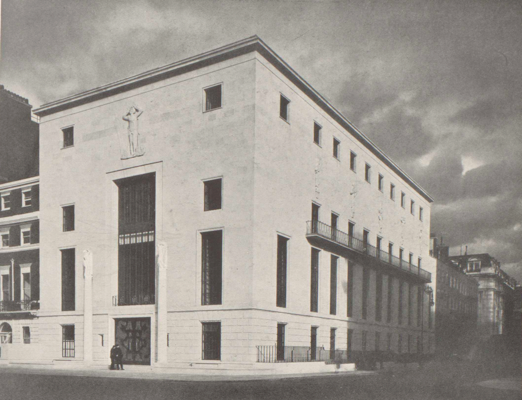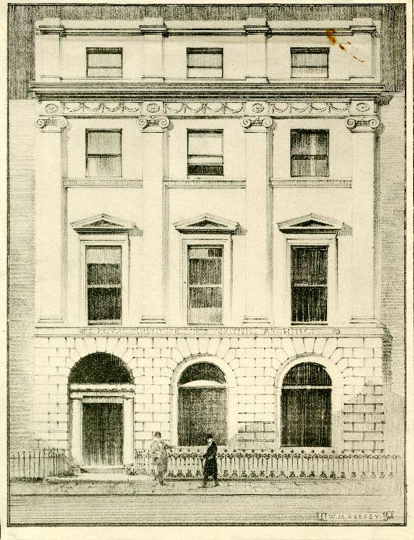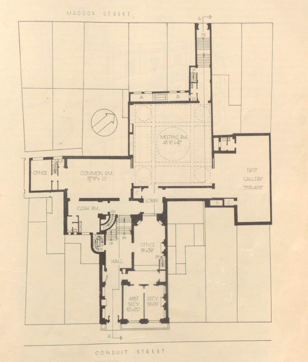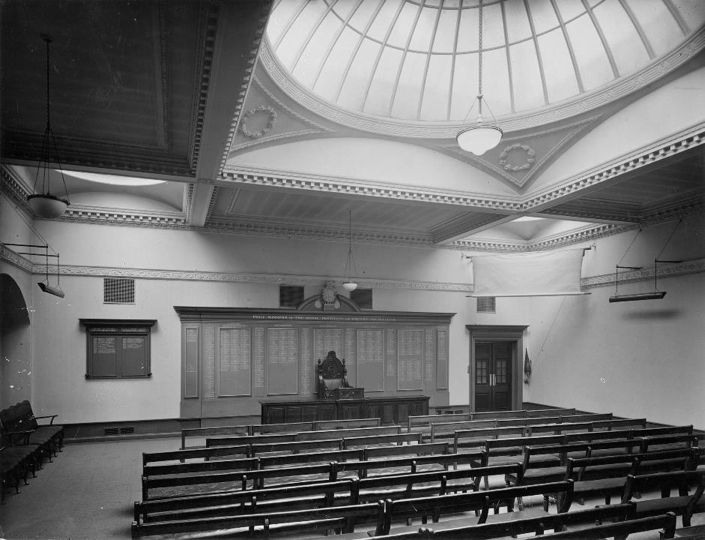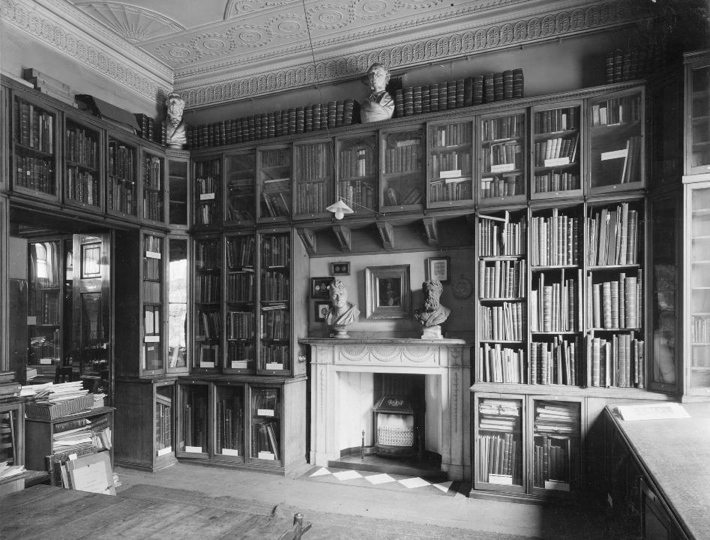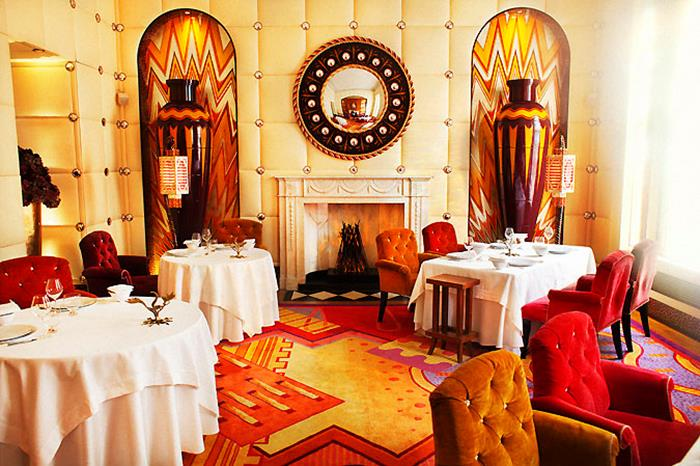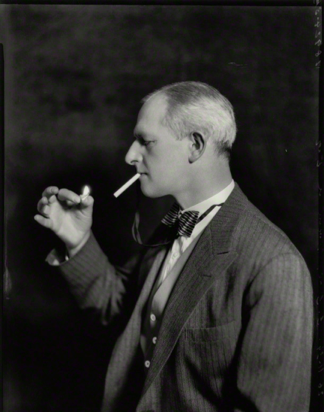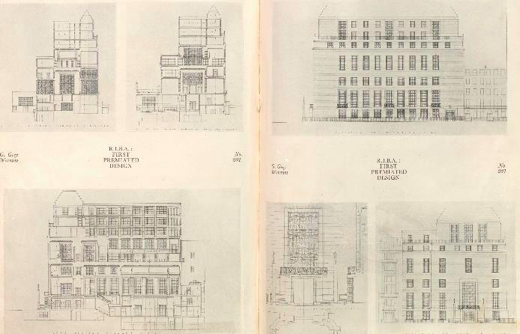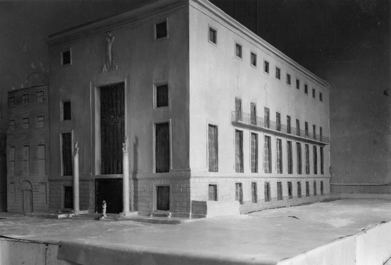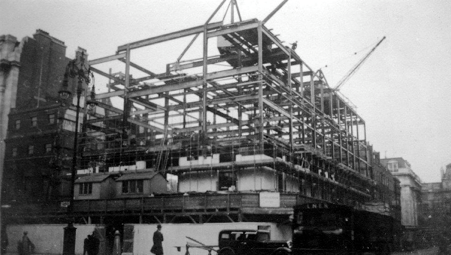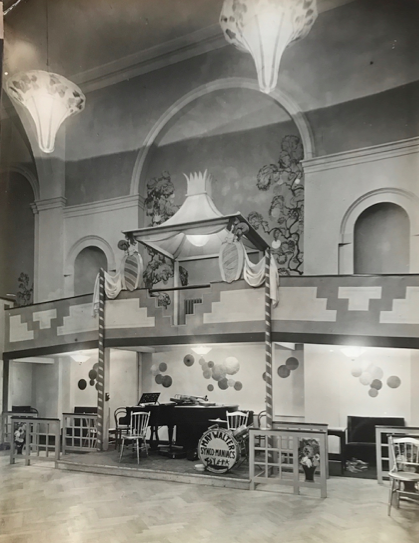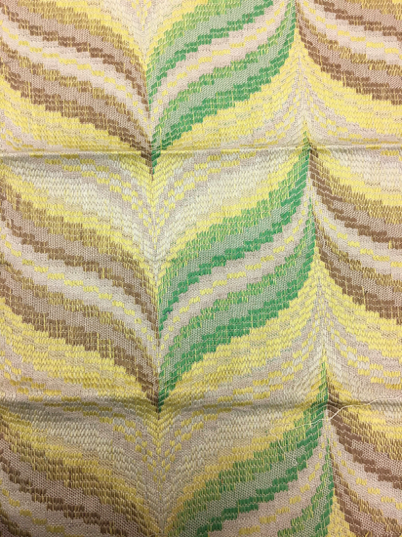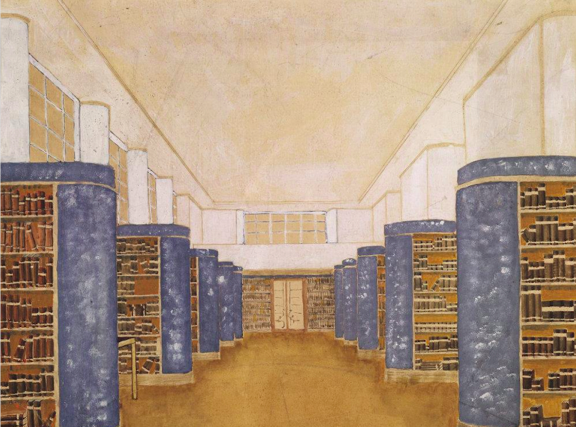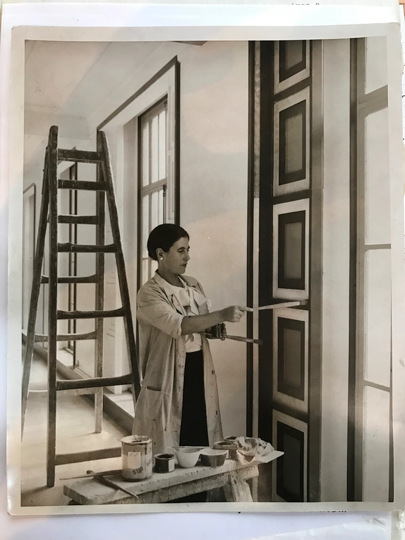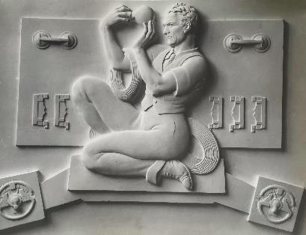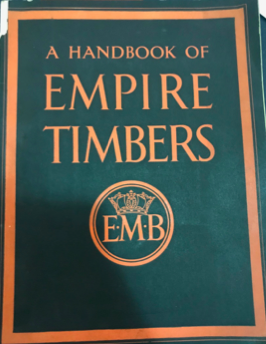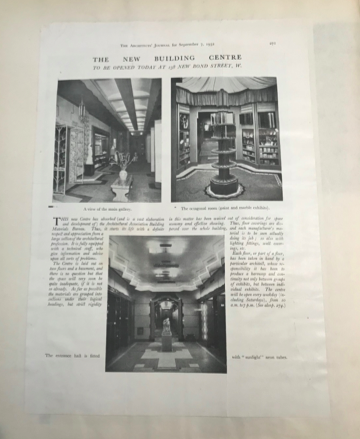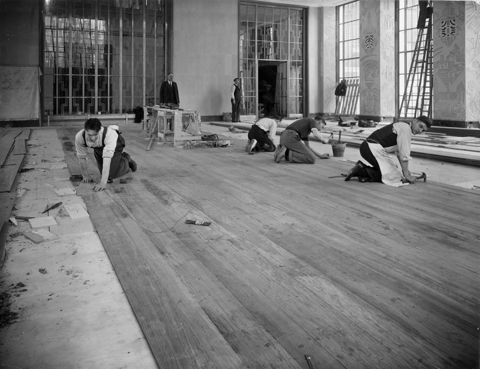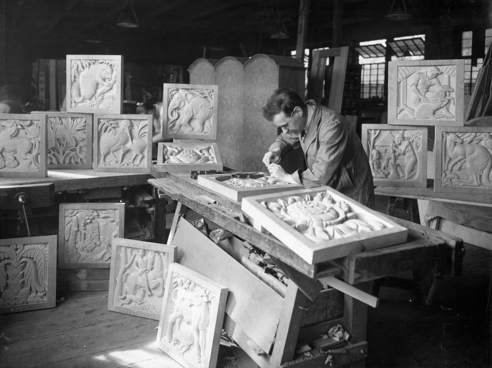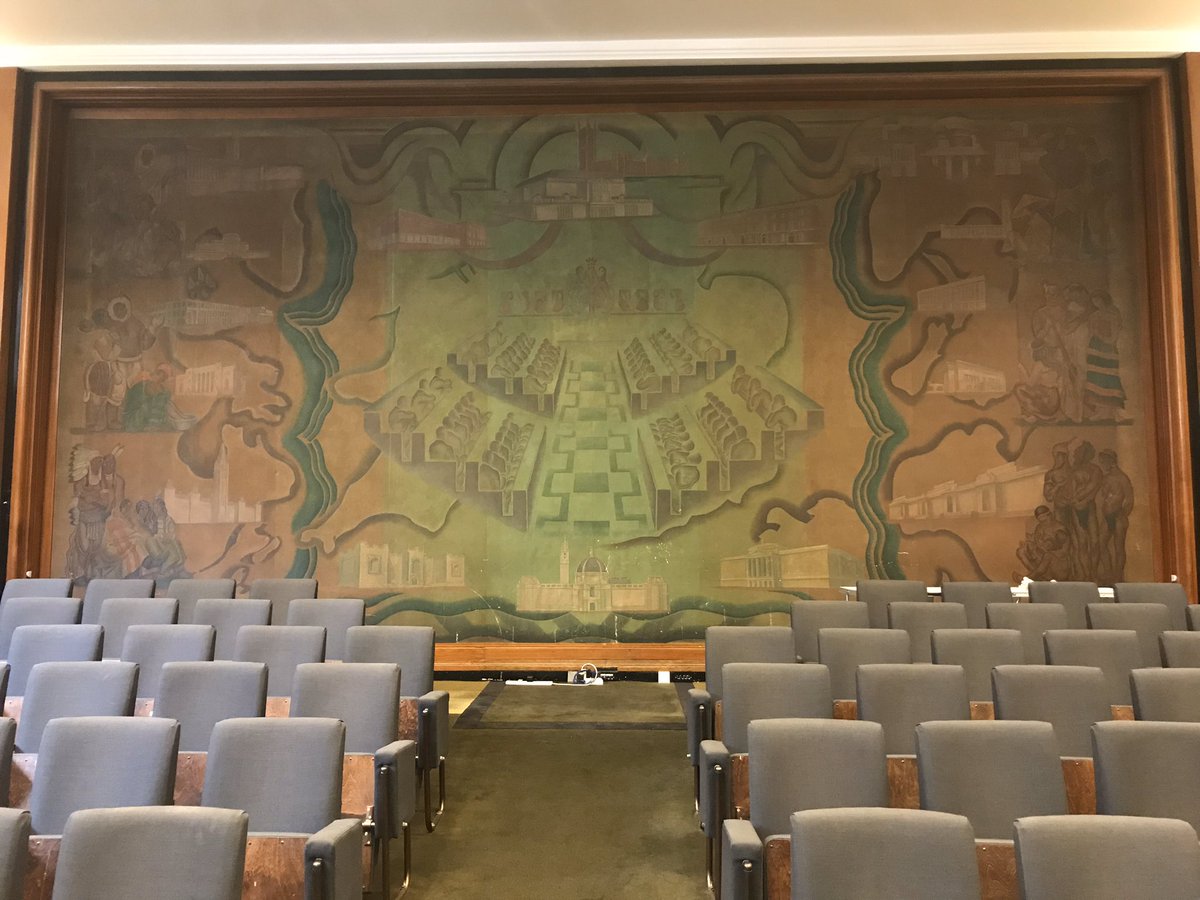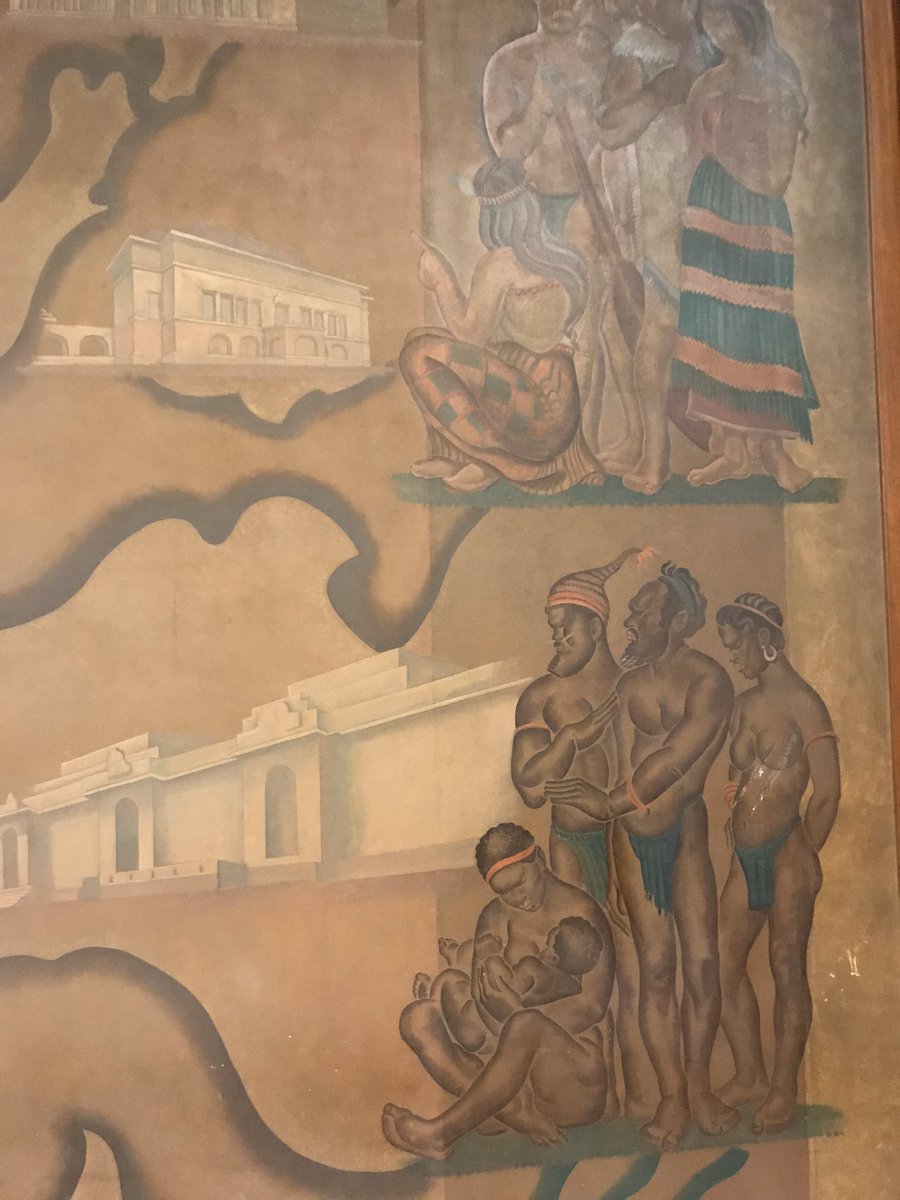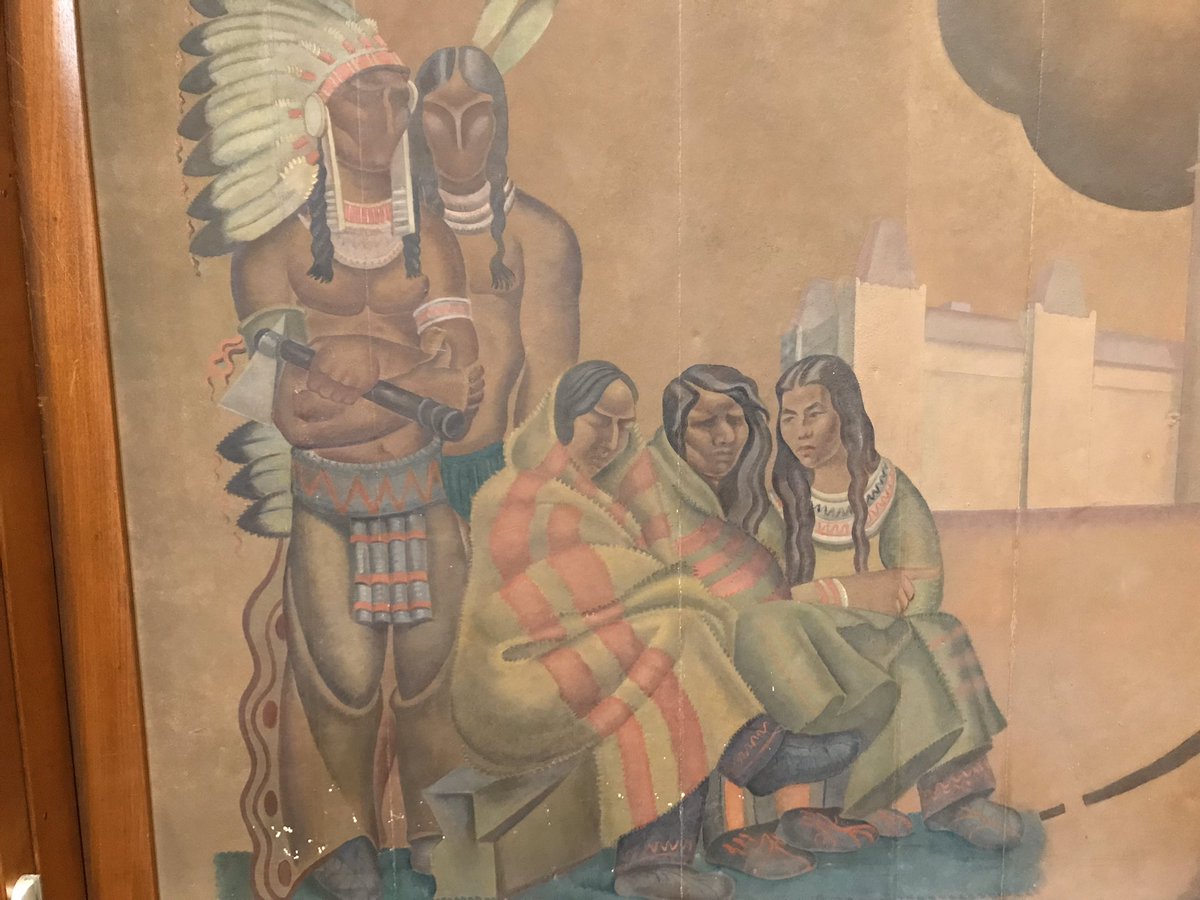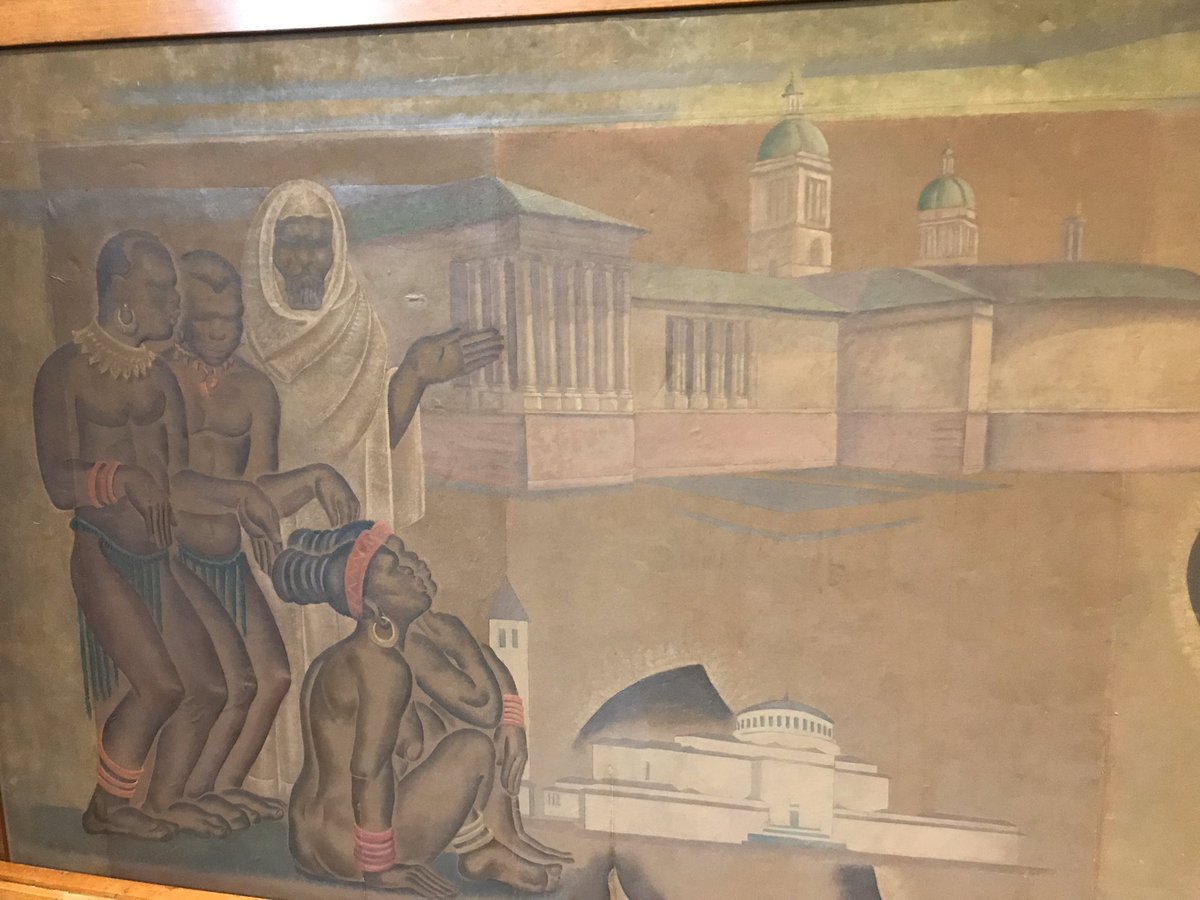One of the projects I& #39;m working on at the moment is a new history of the RIBA& #39;s headquarters at 66 Portland Place
I& #39;ve been thinking about this building for nearly 10 years. And again, I think the RIBA as an Imperial institution, its building replete with Imperial symbolism, needs a conversation
@RIBA can be a bit risk averse though, so please give it some encouragement
The RIBA had been housed for many years at 9 Conduit Street, where the restaurant @sketchlondon now is.
It was housed with a number of other architectural societies, but from the 1880s in particular the Institute began to grow rapidly into an Imperial society for architects, and it needed more and more space (the thick lines show its expansion backward towards Maddox Street)
In 1929 it acquired this corner site on Portland Place. It organised a competition & #39;Empire-wide& #39; during the Great Slump (construction industry particularly badly hit), in part to reinforce argument to gov& #39;t that Keynesian investment in capital expenditure would help the economy
The competition was won by an architect called Grey Wornum. Don& #39;t smoke, kids.
Here& #39;s the competition design
Here& #39;s the plaster model that the sculptor Bainbridge Copnall made. He had to find a way of keeping it wet so he could change the fenestration patters and details at the architect& #39;s whim
And here& #39;s the steel frame which holds it up - the building was constructed in 18 months
But Wornum& #39;s real skill was as an interior designer; he was good friends with Oliver Hill and shared his taste for exuberant interiors. This is his design for Derby Palais de Danse
A lot of the campness and exuberance of Wornum& #39;s interiors has been stripped out over the past 85 years.
I recently discovered this textile sample for the curtains, made by Warners Textiles in Braintree
I recently discovered this textile sample for the curtains, made by Warners Textiles in Braintree
And this was the scheme devised for the interior of the Library, which remains an amazing resource with extraordinarily knowledgeable and patient librarians (I& #39;ve tested this to the limit)
And it& #39;s great that her contribution is acknowledged, but it& #39;s also revealing that these carefully designed interiors have been read as & #39;women& #39;s work.& #39; In fact they were a collaboration between husband and wife and their wider team of craftspeople
Including James Woodford - who did those fantastic doors at Norwich. At Portland Place he produced these plaster reliefs - in the Swedish style then fashionable - for the Florence Hall. This is a self-portrait in the guise of an electrician. I think it& #39;s a & #39;lightbulb moment& #39;
Wornum was one of the founding directors of the @BuildingCentre in 1932, which had grown out of the @AASchool Materials Bureau. Btw @KTLloydT has done amazing research on the Building Centre and the & #39;proprietary turn& #39; in architectural practice at this time.
@BuildingCentre had close links with the Empire Marketing Board, run by Stephen Tallents. In the early 30s just before it closed, one of its major campaigns was to promote Empire Timbers.
And a lot of these timbers were used for the fixtures and fittings at Portland Place: Indian Silver Grey Wood, Quebec Pine, Australian Walnut, Ash, Black Bean etc.
Again I think this shows the difficulties and complexities of contending with our Imperial past. Exploitation of natural resources for the UK market, + the promotion of inter-imperial trade, in which architects were complicit, characterised the Imperial project in the 20s/30s
How do we explain this in depth and with sensitivity? What challenges does this present for conservation and heritage protection ( @C20Society)?
Bigots and the small-minded will carp on about erasure of history. But conservation practice is sophisticated and architects are creative; I think there are interesting design challenges if we engage openly and constructively
The screen by Bainbridge Copnall depicts the RIBA Council at the centre of the Empire, with colonial and dominion parliamentary buildings, with subjugated peoples standing in & #39;primitive& #39; dress in front of them. I think @RIBA needs a strategy - and fast - for how to re-frame this
( @AlanJones2008 - happy to talk about it!)
I shouldn& #39;t say too much more, I think my Editor is watching @Lillibet01 ;-) - you& #39;ll have to buy the book next year!

 Read on Twitter
Read on Twitter